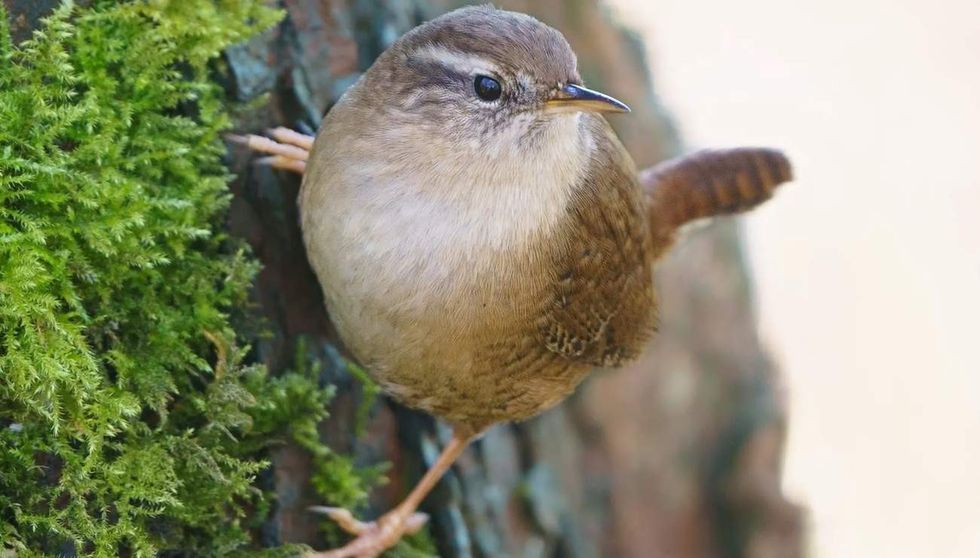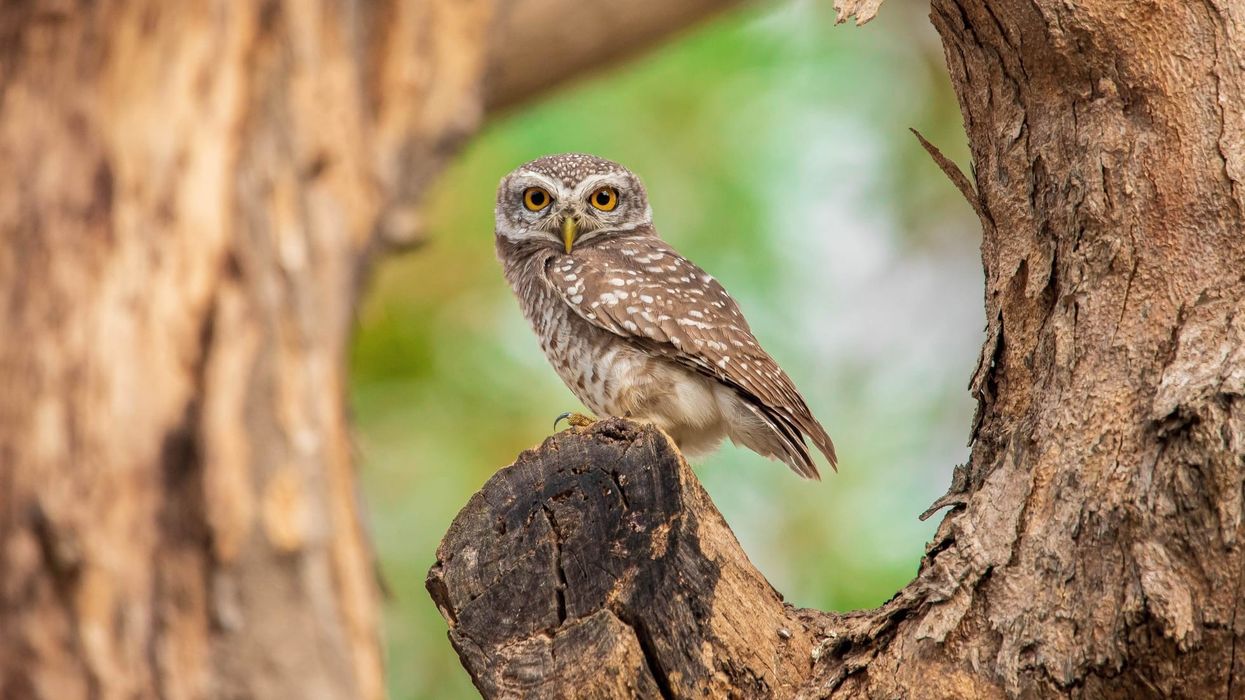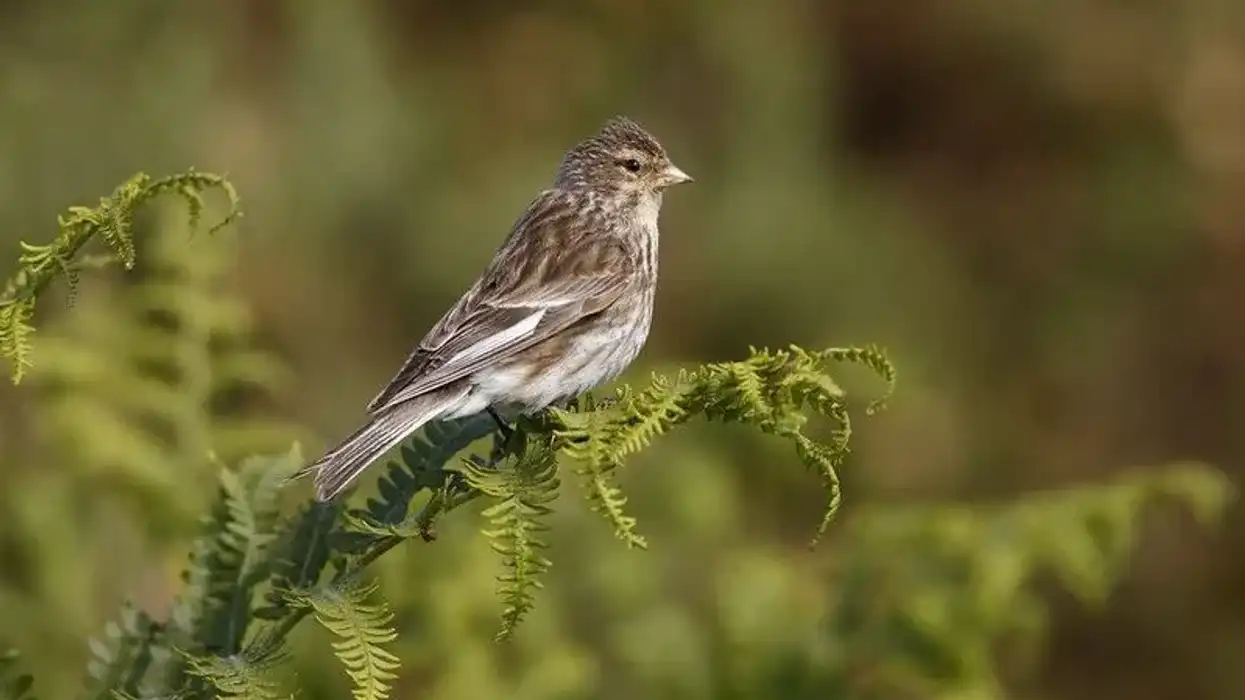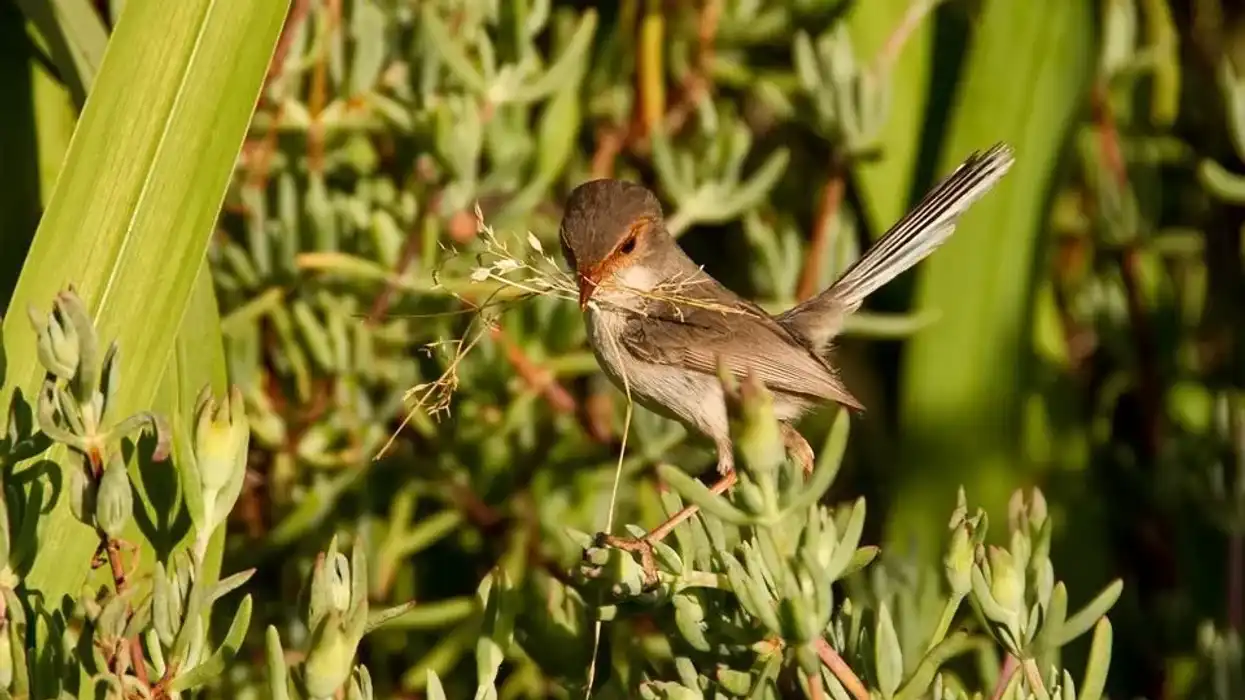Birds make for excellent pets as they are low maintenance and easy to take care of. Out of various birds that are popular as pets, house wrens can make for good pet birds for every house.
The wrens birds are small in size and are difficult to spot from a remote spot. It is a small, chunky and brownish bird and a family of brown passerine birds.
The lifespan of the bird is known to be very short. There are various breeds of wrens that are present including Carolina wren, cactus wren, house wren and several others.
Wrens showcase their preference for a nest by laying their eggs in that particular nest. At a time, they can lay up to three to seven eggs in the nest.
Seeing a wren bird in your life is a symbol of being creative. Wrens are not extinct and Carolina wren are the most common of the species.
The nest of a Carolina wren comprises of various colorful sticks intertwined together. Let’s have a look at some of the most interesting wren facts. After reading these interesting wren birds facts and cactus wren facts, do check out more interesting articles on king penguin and toco toucan.
Wren Interesting Facts
What type of animal is a wren?
Carolina wren is a small, chunky and brownish bird and breeds circumpolar in temperate areas. They are a family of brown passerine birds. House wren is a small brown bird that showcases friendly behavior towards humans.
What class of animal does a wren belong to?
The class of animal that the wren belongs to is Aves as they are birds who lay their eggs in a nest. After the female has laid the eggs in the nest, she stays with the eggs till the chicks hatch and are ready to fly away from the nest.
How many wrens are there in the world?
There is no accurate total number of wrens in the world. The species are not extinct, so there is no calculation as to how many wrens are there in the world. There are various types of common wrens that can be adopted as pets such as house wren, Carolina wren, cactus wren.
Where does a wren live?
Carolina wrens are found in wood land and forest regions where they build their nest. The nest of a Carolina wren can be found in deciduous woodland and upland areas.
They nest in natural crevices and old woodpecker holes. They are extremely fierce about their nest and will evict even a larger species to claim the nest. The house wren prefers to live in nest boxes or discarded tin cans around human habitats.
What is a wren habitat?
The habitat of a wren is wood lands, farmlands, heathlands, moorlands, and islands. They are nesting birds and create their nest with the help of different types of materials. Their habitat is located in North America, Canada, and West Indies.
Who do wrens live with?
As the wrens have a huge geographic range, they live in many habitats and female wrens live in their nests with their male wren partner.
How long does a wren live?
The lifespan of a wren is relatively short.
How do they reproduce?
The adults punctured the eggs of the other birds nesting nearby. They mate together in order to give birth to a baby wren.
What is their conservation status?
The conservation status of the wren is 'Least Concern'.
Wren Fun Facts
What do wrens look like?
Wrens are small birds that are usually found in brown color. A wren has an almost rounded bill, long legs, short wings and a narrow tail, that is usually vertically cocked up.
How cute are they?
Wrens are said to be cute as they are small in size, and they look cute because of their size.
How do they communicate?
The wrens communicate by singing with high intensity in order to communicate with their other.
How big is a wren?
Wrens are usually small in size, different breeds are of different sizes, from 4-6 in.
How fast can a wren fly?
Wrens fly in the airspeed with 22 mph and could fly at anything between 15-28 mph without increasing their metabolic rate more than 15 %.
How much does a wren weigh?
The weight of wren birds varies according to the species they belong to. The weight of these birds ranges from 0.001-0.02 lb.
What are their male and female names of the species?
The males are called male wren birds and females are called female wren birds.
What would you call a baby wren?
A baby wren is called a chick.
What do they eat?
They eat small and terrestrial insects, spiders, beetles, and bugs.
Are they predators?
Yes, their diet comprises insects including beetles, true bugs, crickets, caterpillars, moths.
Would they make a good pet?
They might be cute with good behavior, but they do not live well in a household setting. They cannot be kept in captivity.
Did you know...
Wren birds are said to be shy and are secretive by nature. Some wrens are also known as cave dwellers and can build 6-12 nests.
There is no definitive answer as to why wrens are sometimes called 'Jenny', some think it references names used in the Middle Ages.
The wren bird symbolizes different things to different people, such as action, accuracy, watchfulness, and enthusiasm in life. However, there is no evidence to prove this.
What does a wren sound like?
The wren makes different sounds like churrs, chatters, rattles, and scolds.
How to build a wren house?
Wrens use a house that has an entry hole dimension of 1 1/8 in.
The floor is 4 in square and 3-6 in below the entry hole. They are generally built in a hanging position while attached to a pole, ledge, wall, about 5-8 ft above the ground level.
Here at Kidadl, we have carefully created lots of interesting family-friendly animal facts for everyone to discover! Learn more about some other birds including Humboldt penguin, or Blue and yellow macaw.
You can even occupy yourself at home by drawing one on our Wren coloring pages.









